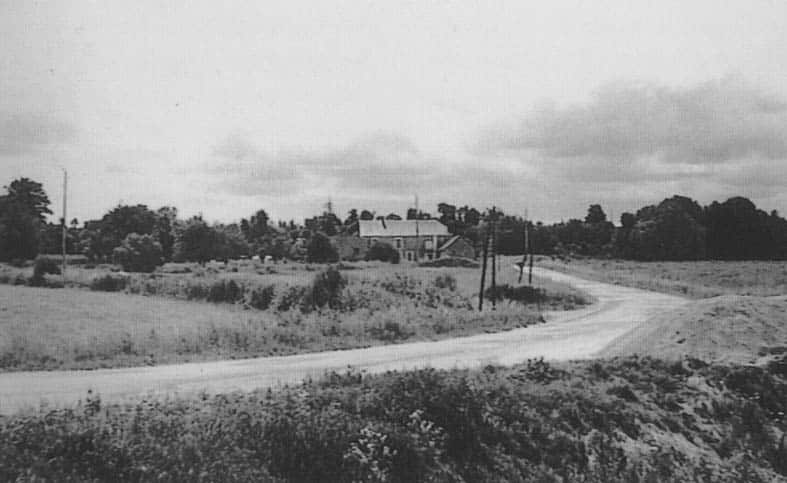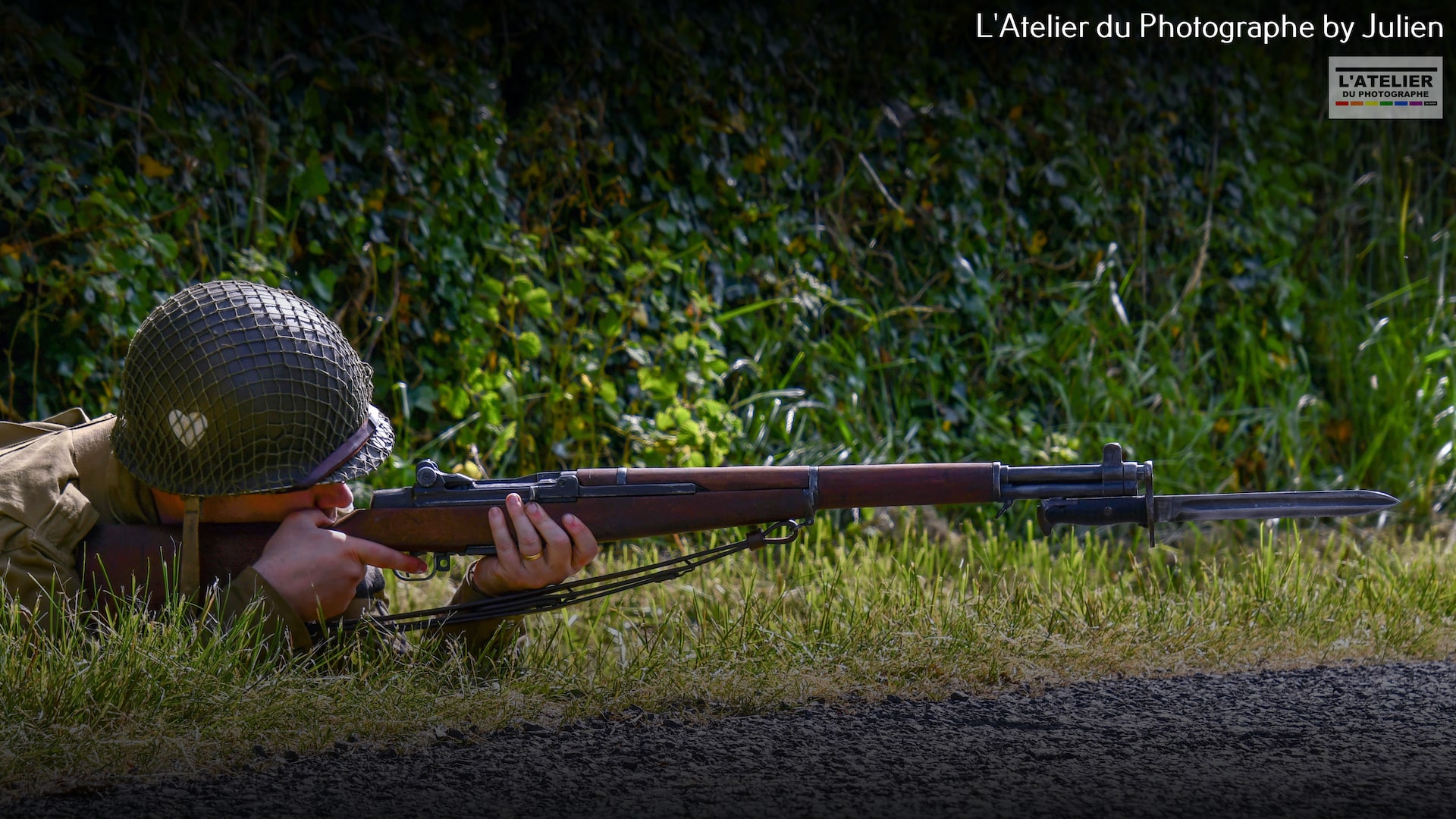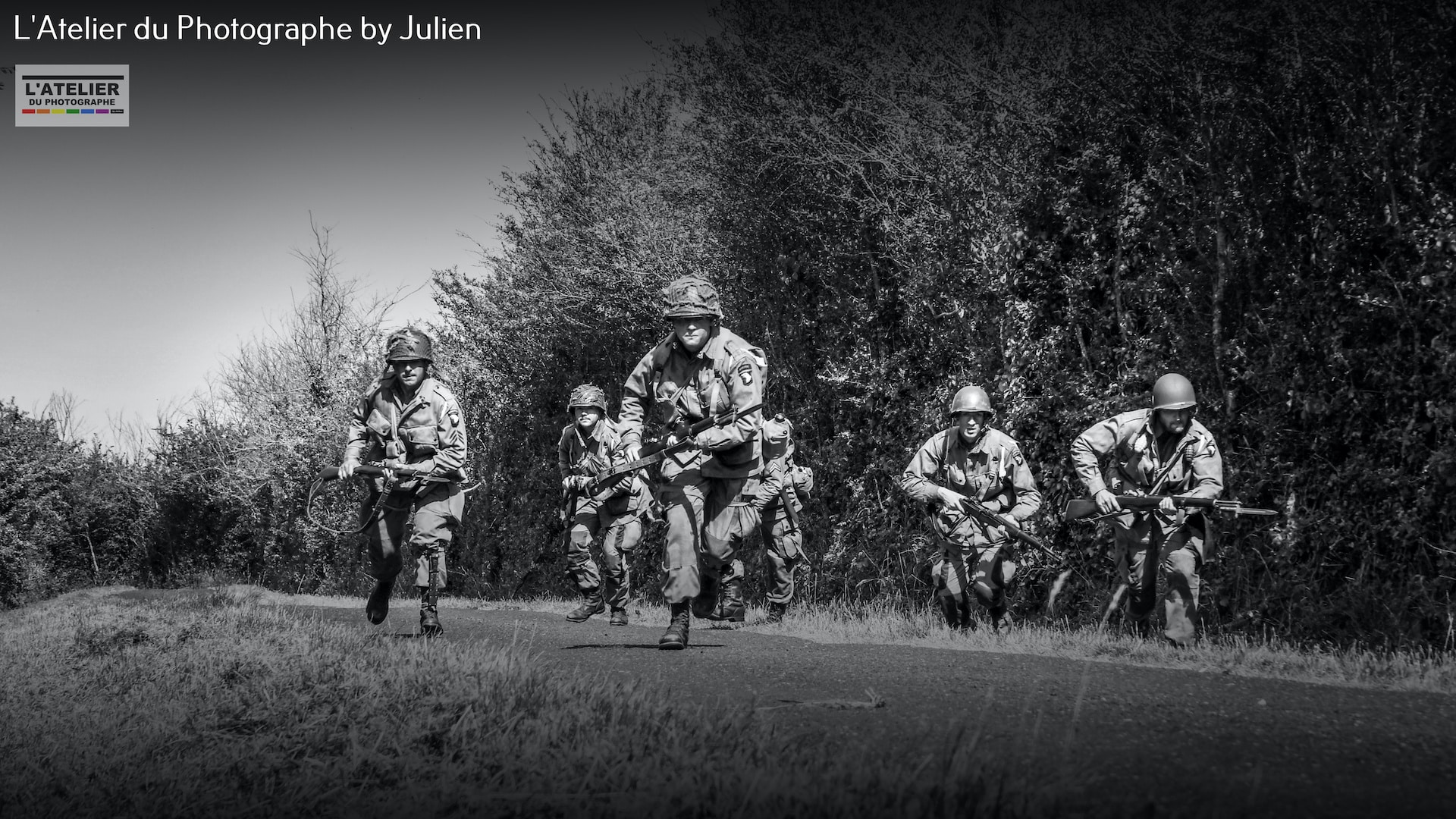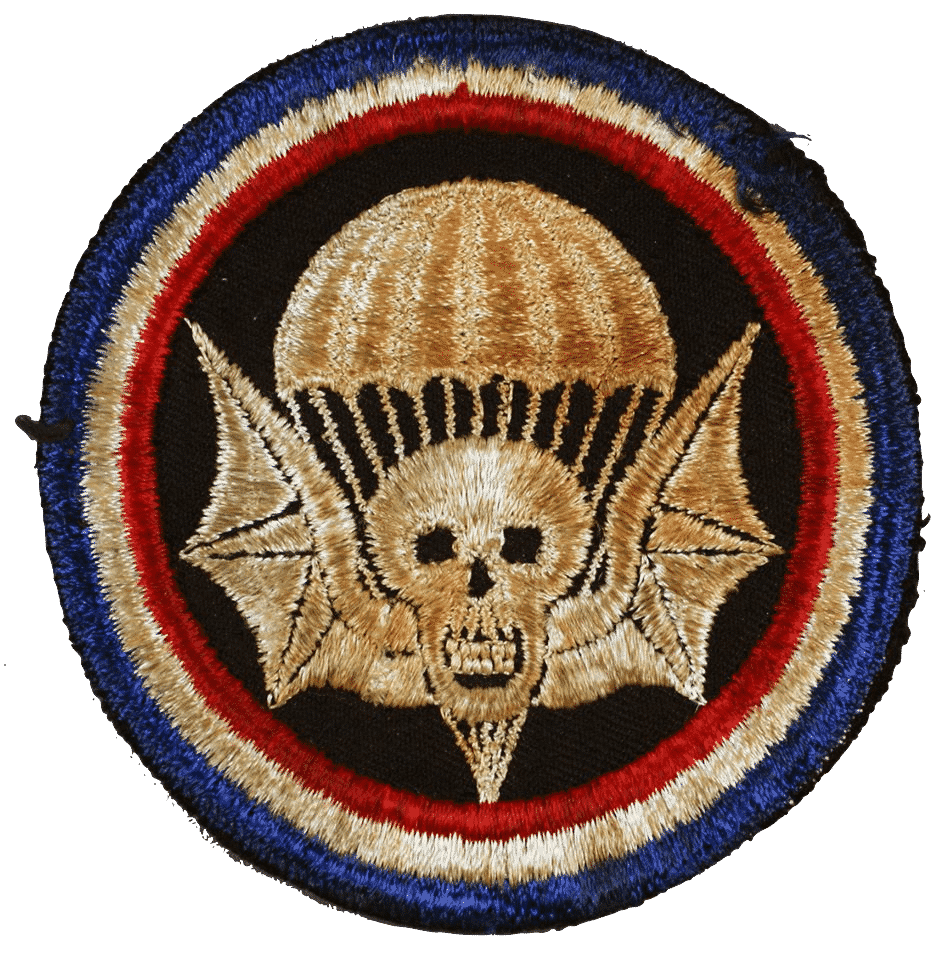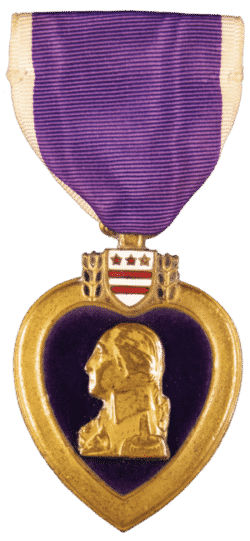The initial plan, a frontal assault by 3/502nd PIR along the RN 13 highway
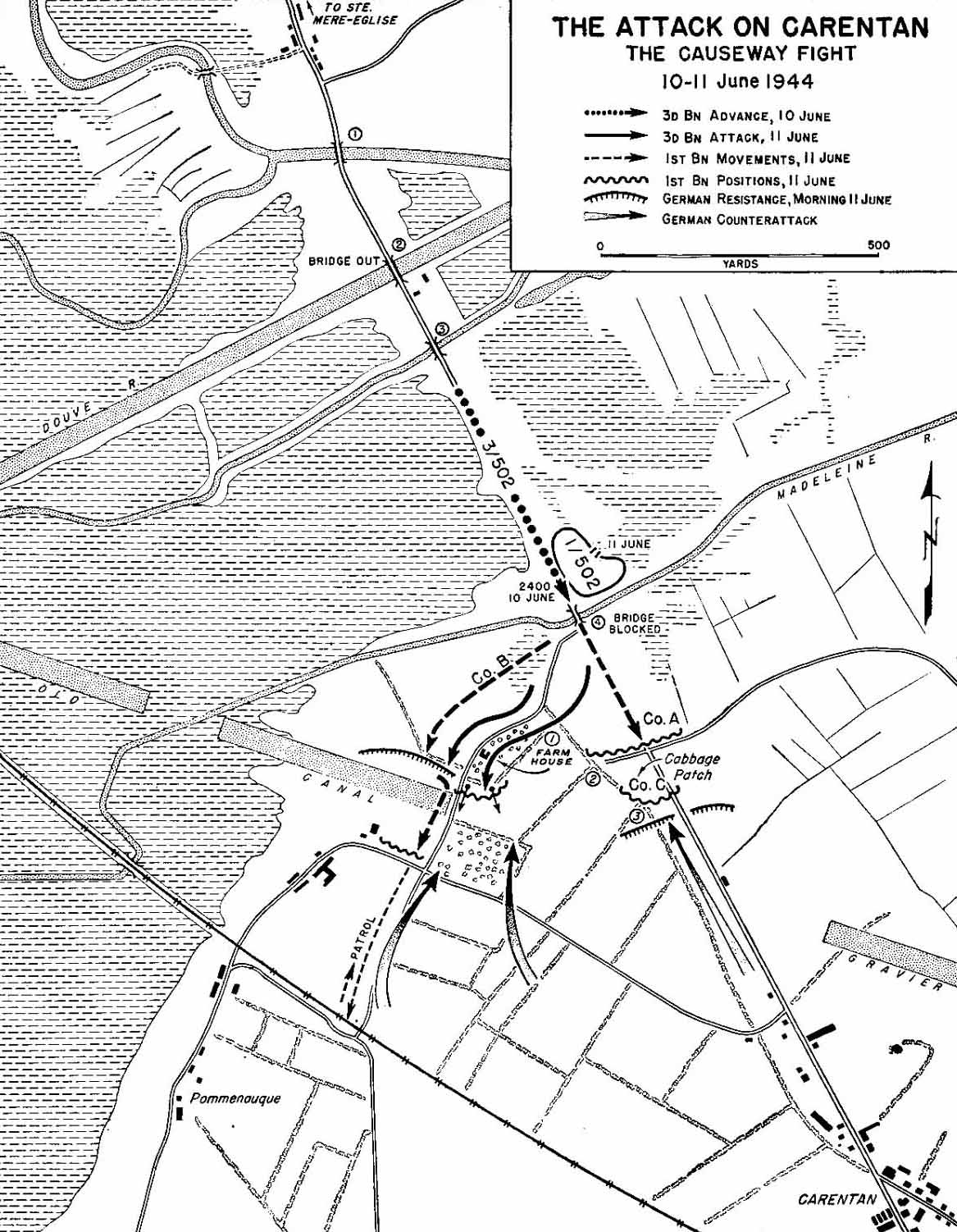
In the early hours of June 11th 1944, survivors of the 3rd battalion, 502nd Parachute Infantry, 101st Airborne launched a bayonet charged against well dug in German paratroopers in and around the Ingouf farm, some 250 yards to the south west. Leading the attack, Lieutenant Colonel Robert G Cole would be awarded the division’s only Medal of Honor for the Normandy campaign.
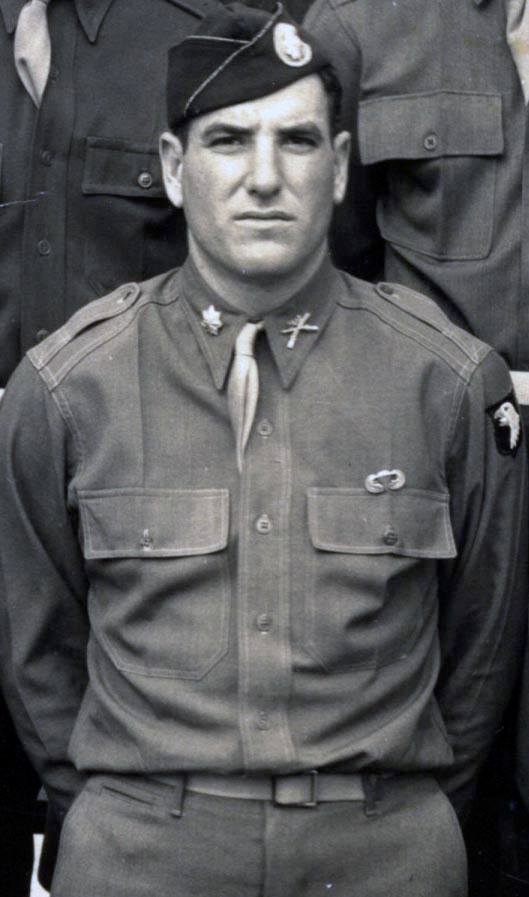
By Thursday June 8th 1944 in the evening, the 101st Airborne Division had accomplished all its D Day Objectives, with the 502nd PIR guarding the right flank along the upper Douve River, the 506th PIR deployed across the Carentan highway, and the 327th GIR on the left in positions along the Douve River opposite Brévands. The 501st PIR was the division’s reserve and guarding the left flank east of the 327th. Patrols and aerial reconnaissance of Carentan indicated that the town might be lightly defended, and a plan to capture the city by a double envelopment was conceived, using the 502nd PIR on the right and the 327th GIR on the left, scheduled to jump off just after midnight 10 June. On Friday June 9th, the 502nd PIR received order from division to attack Carentan along the RN 13 highway. The 502nd’s mission was to force the four bridges and capture high ground southwest of the town along the Périers highway (Hill 30) to block withdrawal. The 327th was to cross the Douve at Brévands, circle a mile to the east, and come in on the road west from Isigny to take the town.
Coles est à La Croix Pan où Michaelis (qui a pris la place de Van Horn Moseley comme CO du 502) lui ordone de reprendre l’attaque vers Carentan. Cole place les 84 hommes de H company en pointe, avec les 60 hommes de G company en soutien, et les 121 hommes de HQ en réserve.

Leading the attack of the 502nd, the 3rd Battalion (3rd/502nd PIR) under Lt Col. Robert G. Cole found Bridge No. 2 (the Douve bridge) destroyed by the Germans, and the engineers assigned to the task of repairing it pinned down by fire from an 88mm gun. Cole sent his S-2, 1st Lt. Ralph B. Gehauf, with a patrol across the river in a small boat in the early hours of June 10th. They made their way to the last bridge, (N°4) which they found blocked by a Belgian gate. The patrol was able to push the obstacle aside only 18 inches, just enough for one soldier at a time to pass through. The patrol soon came under flare illumination, mortar, and machine gun fire and eventually returned at 05:30, when the attack was postponed. Most of the fire appeared to be coming from a large farmhouse (Ingouf Farm) and a hedgerow on higher ground 250 yards to the right of the highway beyond Bridge No. 4 over La Madeleine.
Au soir du 8 juin 1944, ordre est donné à la 101st Airborne de prendre Carentan afin de relier les têtes de pont des V et VII corps débarqués à Omaha et Utah Beach. Le lieutenant Colonel Robert G. Cole, commandant du 3ème bataillon du 502d Parachute Infantry Regiment (Colonel John Michaelis commanding) se voit confier la mission à 21 heures le vendredi 9 juin, d’attaquer le long du seul axe praticable au coeur des marais inondés, la Route Nationale 13 qui relie Carentan à Saint Côme du Mont au nord. Le 3/502 doit contourner Carentan par l’ouest et s’emparer des hauteurs, ( colline 30) à La Billonnerie au sud de la ville.
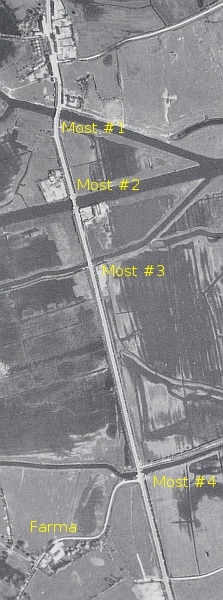 The Douve bridge (N°2) was still not repaired when 3rd/502d PIR returned at noon on saturday June 10th. This time the Battalion would be supported by Artillery from the 377th Field Artillery Battalion, 90th Battalion and the 65th Armored Field Artillery. The paratroopers used engineer materials at hand to improvise a footbridge and began their attack shortly after 13:00. Moving single file down the causeway and advancing by crouching and crawling, the point of the 700 men battalion led by Capt. Robert Clement, CO of G Company reached Bridge No. 4 at about 16:00, with most of the unit past Bridge No. 3. Under artillery and mortar fire, and then sniper and machine gun fire as they got within range, casualties among the 3rd/502nd PIR became heavy. Nightfall ended the advance but not the casualties, when an attack at 23:30 by two low-flying German Ju 87 Stukas strafing the causeway killed 30 men and knocked I Company completely out of the battle.
The Douve bridge (N°2) was still not repaired when 3rd/502d PIR returned at noon on saturday June 10th. This time the Battalion would be supported by Artillery from the 377th Field Artillery Battalion, 90th Battalion and the 65th Armored Field Artillery. The paratroopers used engineer materials at hand to improvise a footbridge and began their attack shortly after 13:00. Moving single file down the causeway and advancing by crouching and crawling, the point of the 700 men battalion led by Capt. Robert Clement, CO of G Company reached Bridge No. 4 at about 16:00, with most of the unit past Bridge No. 3. Under artillery and mortar fire, and then sniper and machine gun fire as they got within range, casualties among the 3rd/502nd PIR became heavy. Nightfall ended the advance but not the casualties, when an attack at 23:30 by two low-flying German Ju 87 Stukas strafing the causeway killed 30 men and knocked I Company completely out of the battle.
Cole’s charge, sunday June 11th
At around 02.00, Sunday June 11th, Col. Cole ordered H Company (Capt. Cecil Simmons) to take the lead over G company. At 04.00 Simmons and his men began passing through the gap in the gate at bridge N°4 at a rate of one man a minute. The enemy was suspiciously quiet and Lt Colonel Cole saw a perfect opportunity to get his companies across the last bridge. He ordered Simmons to rush his men through as fast as he could and not to worry about bunching them up. Before long H Company was across without a casualty. After H Company’s successful passing of bridge N°4, G Company rushed through the opening next.
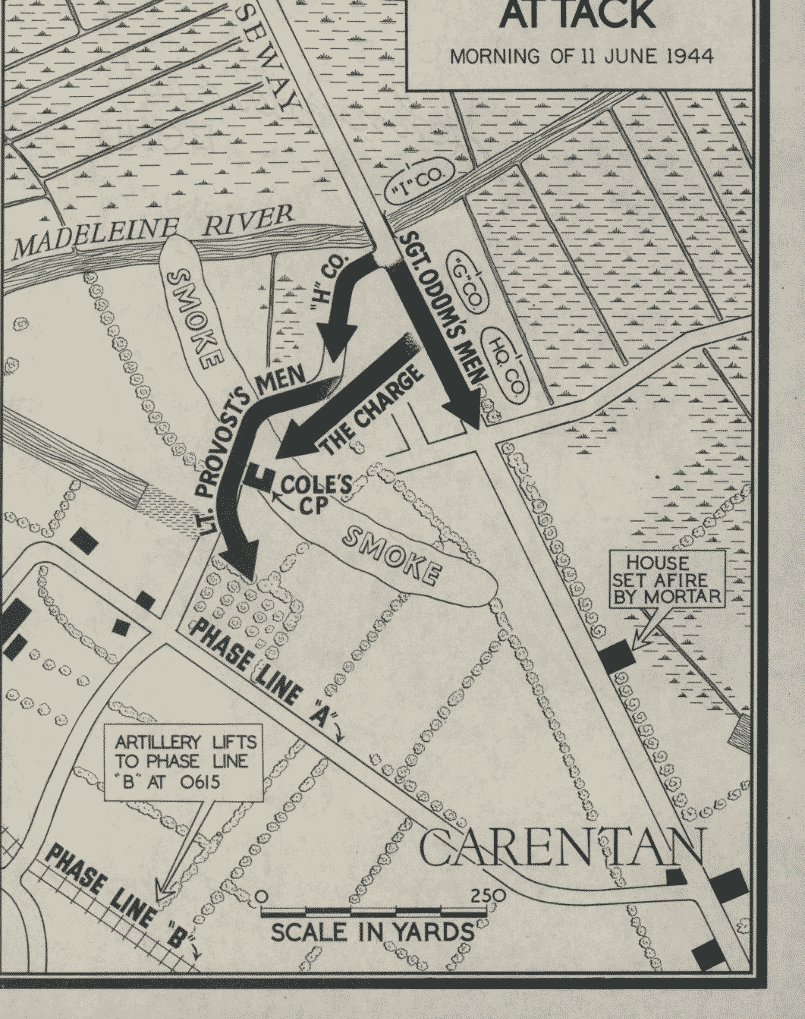
84 men strong, H Company moved up along both sides of the road towards the hedgerows and the farmhouse. Company G with 60 men and HQ. 3rd with 121 men moved up on solid ground to the left side of the road. Scouts in the point nearly reached the main farmhouse in the morning twilight when they were cut down by German fire. Lt. Col. Cole immediately called for artillery support, but the German fire did not slacken. At 06:15, using a smoke screen for concealment, Lt Col. Cole ordered his Executive Officer, Major John P. Stopka, to pass word to the battalion that it would have to charge the German positions to eliminate them.On impulse he yelled over to Maj. Stopka on the other side of the road. “We’re going to order smoke from the artillery and then make a bayonet charge on the house.” Stopka yelled back “OK!“ Cole then told Rosemond, his artillery observer he wanted a smoke barrage. In a few minutes the smoke was being laid in an arc with the house as its center and the Madeleine River as the boundary on the right and the main road to Carentan as the edge on the left.
Cole passed the word to Stopka to fix bayonets and reload rifles with a full clip. This was supposed to have been passed down to the Company commanders and from them to the men. HQ Company 3rd Battallion, G-Company and H-Company were supposed to have received this order. At 0615, Cole gave the command. The Smoke barrage lifted and the artillery fire was moved back to the railroad tracks just behind the farm house. As soon as Cole heard the whistle of shells go over his position he blew his whistle and took off across the ditch with only 20 men in tow. Stopka who was over on the left side had about 50 men with him , he shouted “Let’s go! Over the hedge!” Much to his surprise very few men followed. As Cole looked back his was stunned at what he saw. There was only a small group of men with him. He immediately thought his men let him down. What he did not know was the word was never completely passed down to the command during the heat of the battle. Some men herd the words “whistle” and “bayonet” and nothing else. Others got no word at all of what the plan of action was. Cole, half way across the field at this point , stopped knelt down on one knee and looked back. The enemy fire was snapping in the grass all around him. The soldiers that followed him were in a single file line behind him. He waved both arm at them trying to get them to fan out. Instead the men hit the dirt. One at a time he coaxed them up and onward firing his colt side arm wildly in the direction of the enemy. As Cole fired he yelled out “God damn, I don’t know what I’m shooting at but I gotta keep on”. At this time Cole’s radio operator , T5 Robert Doran caught up with his commander. The two of them continued onward across the field running side by side. The smoke was starting to lift and the farm house could be seen through the haze. As they got closer Cole leaped a ditch and landed neck deep in water. He yelled back to Doran, ”don’t follow me!” Doran heard Cole and was able to avoid the wet mess that Cole found himself in. Climbing out of his soggy predicament Cole continued on to the side of the farmhouse. There he stood waving is men right past him and into the positions around the house. Company G and I were ordered to take up position in a brush pile behind the house. Company H and HQ were ordered to the right side of the farm. This action forced the Germans to abandon the farmhouse and to fall back to the railroad tracks. Many of their rank lay dead, littering the farmhouse grounds.
A truce in the midst of battle
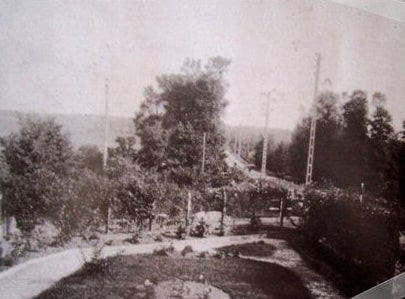 At noon Regiment notified the battalions that the enemy had requested a truce and ordered cease firing. It was a garbled message. The fact was that General McAuliffe, who was directing the operation for the 101st, was requesting this truce of the enemy. McAuliffe wanted time to clear the lines of his own casualties. Maj. Douglas T. Davidson, regimental surgeon, escorted by two Germans, went through the enemy lines to ask the military commander of Carentan for a breathing space to evacuate the wounded. When Major Davidson returned to Bridge No. 4, having been denied an interview with the German commander, the enemy opened fire- with rifles, machine guns, mortars, and artillery-in the most intense concentration of the day. Colonel Cole called Regiment and asked permission to return fire. He was ordered to wait, for Major Davidson had not yet returned to the regimental command post with definite word of the end of the truce. But the men in the line made their own decision and opened fire with all they had. They were convinced, not only by having observed the movements of the enemy during the truce, but also by the effectiveness of his renewed fire, that he had used the interlude to strengthen his small-arms positions and to prepare an artillery attack.
At noon Regiment notified the battalions that the enemy had requested a truce and ordered cease firing. It was a garbled message. The fact was that General McAuliffe, who was directing the operation for the 101st, was requesting this truce of the enemy. McAuliffe wanted time to clear the lines of his own casualties. Maj. Douglas T. Davidson, regimental surgeon, escorted by two Germans, went through the enemy lines to ask the military commander of Carentan for a breathing space to evacuate the wounded. When Major Davidson returned to Bridge No. 4, having been denied an interview with the German commander, the enemy opened fire- with rifles, machine guns, mortars, and artillery-in the most intense concentration of the day. Colonel Cole called Regiment and asked permission to return fire. He was ordered to wait, for Major Davidson had not yet returned to the regimental command post with definite word of the end of the truce. But the men in the line made their own decision and opened fire with all they had. They were convinced, not only by having observed the movements of the enemy during the truce, but also by the effectiveness of his renewed fire, that he had used the interlude to strengthen his small-arms positions and to prepare an artillery attack.
The renewed German attack strained the American positions almost to the breaking point. The group at the crossroads on the right flank had not received the cease fire order and had continued to fire on the Germans whom they had observed moving about to their left. When the truce ended and the enemy struck at the crossroads, some of the groups were forced to give ground. One of the machine guns behind the farmhouse, by interdicting the crossroads, helped the others to hold. The positions on the left, in the cabbage patch and along the hedgerows, managed to hold throughout the afternoon against repeated German attempts to come down the ditches beside the highway and along the hedgerows. At times they came so near that the men could hear the Germans working their bolts. The enemy gave the two battalions no respite and no opportunity to reorganize or evacuate the wounded. His artillery was weak, but his mortars never stopped firing.
Colonel Cole, looking out from a second-story window in the farmhouse, expected his line to crack. At 1830 he informed Regiment that he planned to withdraw and asked to have covering fire and smoke ready when the time came. He believed that only closer and heavier artillery support would enable him to hold out. But the radio of his artillery liaison officer, Capt. Julian Rosemond, had been jammed. When Captain Rosemond finally managed to get through to the artillery command post, the situation improved rapidly. During most of the day only two battalions had been firing in direct support. Now every gun in the command was brought to bear. To be effective it was necessary to adjust the fires very closely, with the result that two Americans were killed. The shells arched high over the American positions and fell in the field directly beyond the farmhouse. It lasted only five minutes, but when the fire lifted the sound of German firing was receding southward. Patrols sent out ascertained that the enemy had fled. At about 2000 the 2d Battalion came up to take over the now improved positions, and the 1st and 3d Battalions withdrew. The enemy defense barring the way to Carentan from the north was broken, but the 502d Parachute Infantry was too exhausted to continue the attack. It requested relief, and the 506th Parachute Infantry was sent in to finish the job
The survivors of 3rd/502nd PIR set up defensive positions and requested 1st Battalion 502nd PIR continue theattack. Lt Col. Patrick F. Cassidy’s battalion, however, also took serious casualties from mortar fire and could onlystrengthen Lt Col. Cole’s defensive line, taking up positions from the 3rd Battalion command post in the farmhouse to the highway. At this time C-Company was making it’s way up to help the situation. After a short conversation between Cole and Cassidy it was decided that they should deploy in a field of Cabbages along the main road to Carentan. The cabbages provide excellent concealment for the men of C-Company and it was hoped that this would stop any flow of enemy troops coming in as rein enforcements from Carentan. This movement would set the stage for the Battle Among the Cabbages.
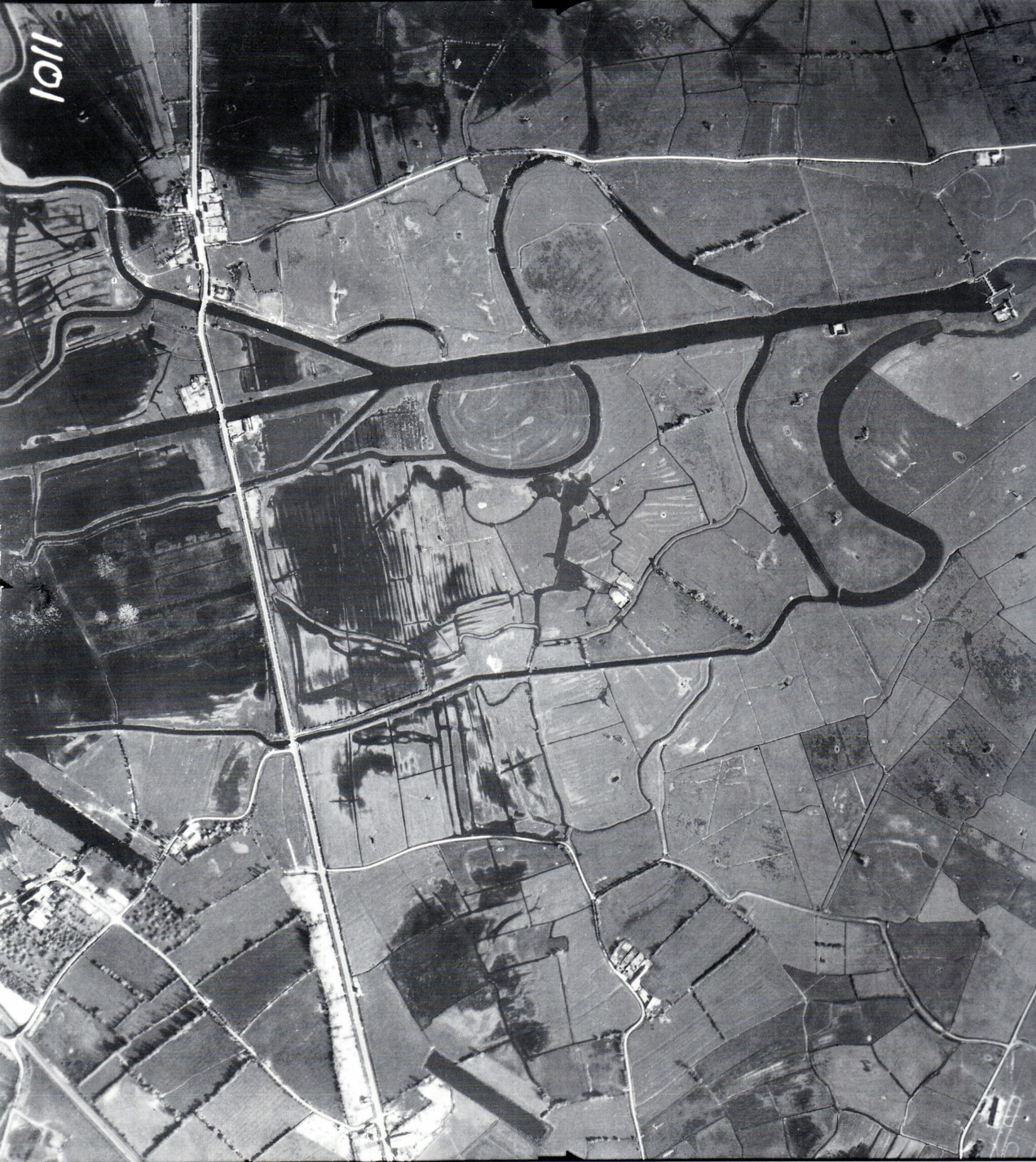
The severe casualties suffered by the 3rd/502d PIR, estimated at 67% of the original force, resulted in the nickname “Purple Heart Lane” applied to that portion of the Carentan-Sainte-Mère-Église RN 13 highway.
3rd Battalion, 502nd Parachute Infantry Regiment (3/502)
CO:
XO:
Adjutant:
S-4:
S-3:
S-2:
S-1
|
81MM Mortar
Hq Co:
G Co :
H Co :
I Co :
|
